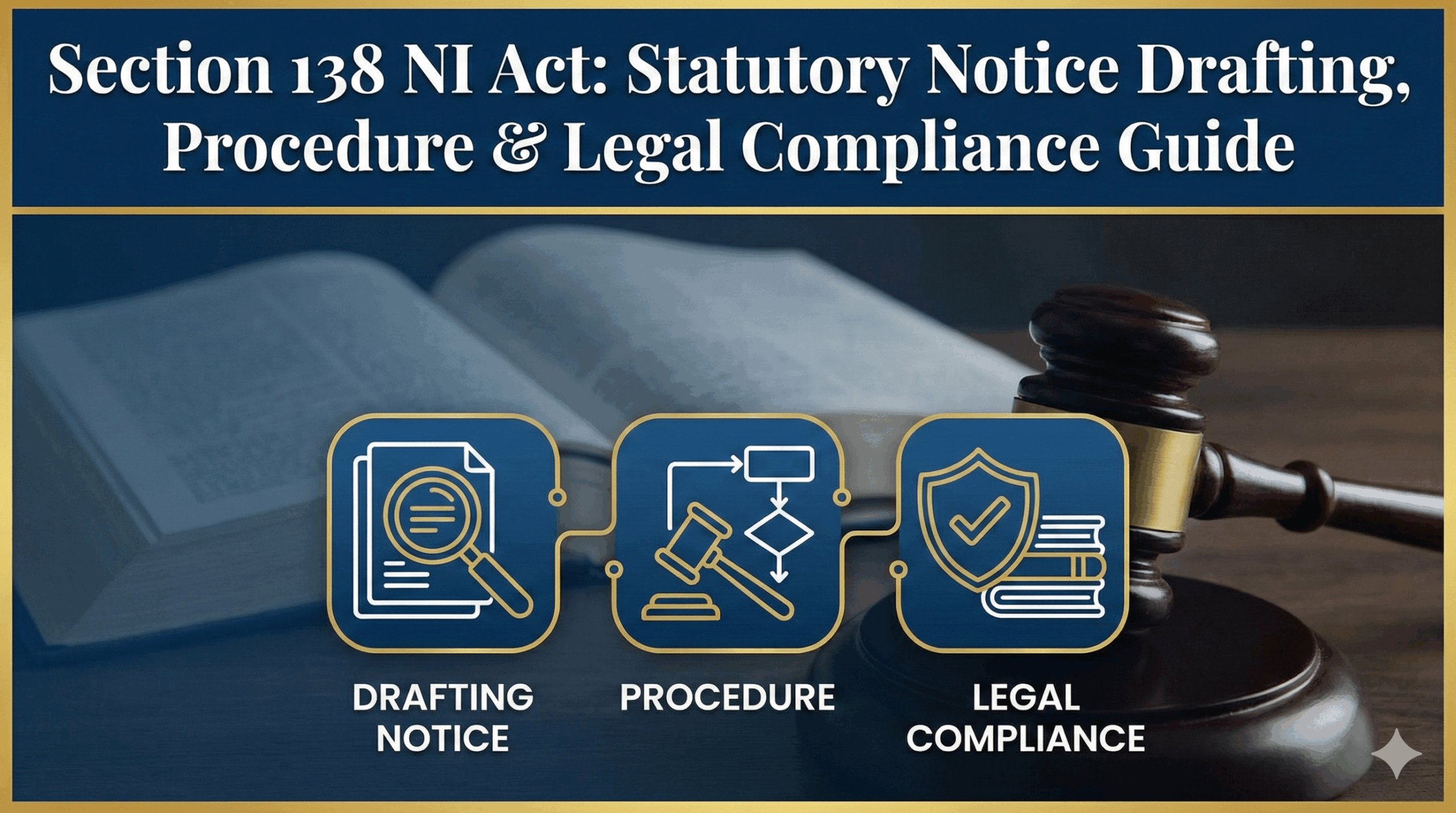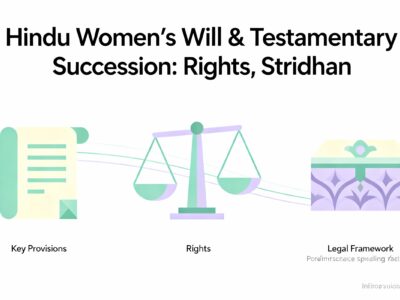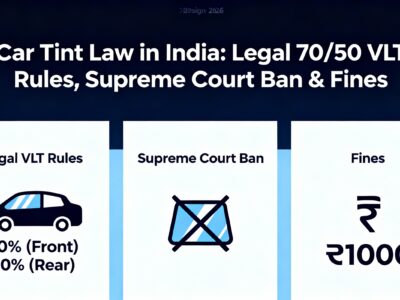The moment a DNA test reveals you are not the biological father of a child born during your marriage is life-altering. Beyond the profound emotional shock lies a complex legal maze governed by Indian law. You likely have urgent questions about divorce, your financial responsibilities, and how to legally protect your future.
This comprehensive guide from eVaakil.com is designed to provide a clear, strategic roadmap. We will walk you through every critical step—from using a DNA report as conclusive evidence to understanding your powerful legal options for divorce on the grounds of adultery and cruelty. Learn how to legally disclaim paternity, challenge claims for child and spousal maintenance, and navigate the court system with confidence. It’s time to move from uncertainty to action with a clear plan.
"The Child is Not Mine" A Husband's Legal Options in India
Discovering you are not the biological father of your child is a devastating emotional and legal crisis. This guide provides a clear, strategic path forward, based on Indian law.
Step 1: Create Your Factual Matrix
Before any legal action, you must organize the facts. This transforms emotional turmoil into a structured case file, which is essential for your lawyer.
Parties
You (Husband), your wife, the child, and the (known or unknown) biological father.
Timeline
Date of marriage, child's birth, when suspicion arose, and the crucial date you received the DNA test results.
Communications
Document any conversations with your wife about paternity, both before and after the DNA test.
Evidence
The DNA test report is your single most powerful piece of evidence. This is the key to your entire case.
Harm Suffered
Articulate the severe mental cruelty and emotional distress caused by the deception.
The Legal Hurdle: Presumption of Legitimacy
Indian law has a powerful rule designed to protect children, which you must legally overcome. Understanding this is key to your strategy.
Section 112, Indian Evidence Act
This law creates a "conclusive presumption of legitimacy." It means a child born during a valid marriage is legally considered the husband's child. The court starts with this assumption.
Rebutting the Presumption
To overcome this, you must present strong, conclusive evidence to the contrary. A scientifically valid DNA test showing non-paternity is the most effective and widely accepted evidence to rebut this presumption in court.
Your Legal Options: A Clear Path Forward
With a DNA test as your primary evidence, you have several clear legal avenues. Select an option below to understand the grounds and objectives.
1. File for Divorce
This is the most direct and common course of action. The discovery of non-paternity provides you with two powerful grounds for divorce under the Hindu Marriage Act, 1955 (and other personal laws).
Ground 1: Adultery
The fact that your wife conceived a child with another man is conclusive proof of adultery. This is a primary and strong ground for seeking a divorce decree from the court.
Ground 2: Cruelty
The act of bearing another man's child and deceiving you into believing it is yours is considered an act of extreme mental cruelty. The court recognizes the profound emotional and psychological distress this causes.
Visualizing Your Legal Path: A Decision Tree
This decision tree simplifies your primary legal choices into a clear, visual flowchart. Follow the path based on your specific circumstances.
START: DNA Proof Confirms Non-Paternity
Wife pregnant AT THE TIME of marriage without your knowledge?
Option: Annulment
File on grounds of Fraud.
Strict 1-Year Time Limit!
Primary Path: Divorce
Proceed with divorce on grounds of Adultery & Cruelty.
Action: Send Legal Notice
Propose a Mutual Consent Divorce.
Mutual Consent Agreed?
Outcome: Fast & Amicable Resolution
Outcome: File Contested Divorce
The Anatomy of Your Legal Claim
To win, your grievance must be structured into a legally recognizable claim, built on a foundation of credible, admissible evidence like the DNA report.
The "Cause of Action"
This is the heart of your claim. It's the wife's act of adultery leading to the child's birth and the act of cruelty through deception. Your right to sue begins when you discover this, confirmed by the DNA report.
The Doctrine of Evidence
Your DNA report is powerful, but it must be presented correctly. Under the Indian Evidence Act, 1872, it's considered expert documentary evidence. If it's a digital report, it may need a Section 65B Certificate to prove its authenticity in court. This certificate confirms the electronic record is an authentic copy from a properly functioning device.
Anticipating Defenses
Be prepared for your wife to challenge the case. She might claim the DNA report is fake, refuse a court-ordered test (which can lead to an "adverse inference" against her), or argue you knew all along.
Securing Your Position: Interim Reliefs
While the final divorce case is ongoing, you can ask the court for temporary orders to protect your interests.
Court-Ordered DNA Test
If you have strong suspicion but no private DNA test, your most critical interim application will be to ask the court to order a DNA test. This is a powerful tool to obtain conclusive evidence under the court's supervision.
Your Procedural Roadmap
Understanding the sequence of legal actions is key to managing expectations. This is the typical path your case will follow.
Choosing the Right Forum (Court)
Filing in the right court is a critical first step. Jurisdiction determines which court has the legal authority to hear your case. For family matters, you'll approach the Family Court.
Territorial Jurisdiction
Where can you file? Generally, in the city where the marriage was solemnized or where you and your wife last resided together.
Pecuniary Jurisdiction
This relates to the financial value of a claim. It is less relevant for divorce petitions but important for claims involving property or high-value maintenance.
Subject-Matter Jurisdiction
This ensures you're in the right type of court. Divorce, custody, and maintenance cases are handled by specialized Family Courts.
While your primary case is in Family Court, understanding different forums helps in related matters.
| Forum | Typical Subject Matter | Key Advantage | Key Limitation |
|---|---|---|---|
| Family Court | Divorce, Child Custody, Maintenance | Specialized in family matters, aims for reconciliation. | Can be a lengthy and emotionally taxing process. |
| Magistrate Court | Maintenance (Sec 125 CrPC), Domestic Violence | Faster procedure for maintenance claims. | Limited to specific reliefs, cannot grant divorce. |
| Mediation Centre | Settling terms of divorce, alimony, custody | Confidential, faster, cheaper, less adversarial. | Non-binding until a settlement is signed by both parties. |
The Ticking Clock: The Statute of Limitations
Delay can be fatal to a valid legal claim. The Limitation Act, 1963, prescribes a strict time period within which you must file your case. Missing this deadline means your legal remedy is lost forever.
While there is no limitation period for filing for divorce on grounds of adultery or cruelty, other actions have strict deadlines. The clock often starts from the date of discovery.
Your Path Forward: Strategic Recommendations
Navigating this requires practical wisdom and expert guidance. Here are the crucial final steps for your journey.
Engage a Family Law Advocate
This is non-negotiable. The legal nuances of Section 112 and presenting DNA evidence require a lawyer specializing in matrimonial law. Use your Factual Matrix for a productive first consultation.
Start with a Legal Notice
Your lawyer will likely advise sending a formal legal notice to your wife. This notice will state the facts, cite the DNA evidence, and can propose a divorce by mutual consent for a faster, less adversarial resolution.
Manage Timelines & Costs
Be realistic. A contested divorce in India can be a marathon, not a sprint. Understand the costs involved: advocate's fees, court fees, and miscellaneous expenses for filing and documentation.









